AP POLYCET 2023 Question Paper Set B is available for download here. AP POLYCET 2023 is going to be conducted on May 10 in a single shift. Candidates were asked 120 MCQs from Mathematics (60 questions), Physics (30 questions), and Chemistry (30 questions). A total duration of 120 minutes was given to the candidates to complete the AP POLYCET 2023 Question Paper.
AP POLYCET 2023 Question Paper with Answer Key PDF Set B
| AP POLYCET 2023 Question Paper with Answer Key | Check Solution |

SECTION–I
(MATHEMATICS)
Question 1:
cos 36 \degree cos 54 \degree – sin 36 \degree sin 54 \degree =
If two towers of heights \( h_1 \) and \( h_2 \) subtend angles of 60\degree and 30\degree respectively at the mid-point of line segment joining their feet, then the ratio of their heights \( h_1 : h_2 \) is
View Solution
The angles of elevation and depression of the top and bottom of a lighthouse from the top of a 60 m high building are 30\degree and 60\degree respectively. Then the difference between the heights of the lighthouse and building is
View Solution
Which of the following \textbf{cannot} be the probability of an event?
View Solution
If one card is drawn at random from a well-shuffled deck of 52 playing cards, then the probability of getting a non-face card is
View Solution
A lot consists of 144 ball pens of which 20 are defective and the others are good. Rafia will buy a pen if it is good but will not buy if it is defective. The shopkeeper draws one pen at random and gives it to her. The probability that she will buy that pen is
View Solution
A bag contains 3 red balls and 5 black balls. If a ball is drawn at random from the bag, then the probability of getting a red ball is
View Solution
If the mean of the following frequency distribution is 15, then the value of \( y \) is

View Solution
If the difference between mode and mean of a data is \(k\) times the difference between median and mean, then the value of \(k\) is
View Solution
The median of the first 10 prime numbers is
View Solution
For the given data with 50 observations ‘the less than ogive’ and ‘the more than ogive’ intersect at the point (15.5, 20). The median of the data is
View Solution
The modal class for the following frequency distribution is

View Solution
After how many decimal places, the decimal expansion of the rational number \(\frac{23}{2^2 \times 5}\) will terminate?
View Solution
The sum of the exponents of the prime factors in the prime factorization of 156 is
View Solution
For any natural number \( n \), \( 9^n \) cannot end with which one of the following digits?
View Solution
If the LCM of 12 and 42 is \(10m + 4\), then the value of \( m \) is
View Solution
The value of \( \frac{1}{\log_3 60} + \frac{1}{\log_4 60} + \frac{1}{\log_5 60} \) is
View Solution
Which of the following collections is \textbf{not} a set?
View Solution
If \( P = \{3m : m \in \mathbb{N}\} \) and \( Q = \{3^m : m \in \mathbb{N}\} \) are two sets, then
View Solution
If \( A \) and \( B \) are disjoint sets and \( n(A) = 4 \), \( n(A \cup B) = 7 \), then the value of \( n(B) \) is
View Solution
If the sum and product of the zeroes of a quadratic polynomial are 3 and –10 respectively, then the polynomial is
View Solution
If \(x - 2\) is a factor of the polynomial \(x^3 - 6x^2 + ax - 8\), then the value of \(a\) is
View Solution
If \( \alpha, \beta \) and \( \gamma \) are the zeroes of the cubic polynomial \( 2x^3 + x^2 - 13x + 6 \), then the value of \( \alpha \beta \gamma \) is
View Solution
The number of zeroes of the polynomial shown in the graph is
View Solution
The pair of linear equations \(x + 2y - 5 = 0\) and \(3x + 12y - 10 = 0\) has
View Solution
In a competitive examination, 1 mark is awarded for each correct answer while \(\frac{1}{2}\) mark is deducted for each wrong answer. If a student answered 120 questions and got 90 marks, then the number of questions that the student answered correctly is
View Solution
Which of the following is \textbf{not} a quadratic equation?
View Solution
If one root of the quadratic equation \(a(b - c)x^2 + b(c - a)x + c(a - b) = 0\) is 1, then the other root is
View Solution
If the sum and product of the roots of the quadratic equation \(kx^2 + 6x + 4k = 0\) are equal, then the value of \(k\) is
View Solution
If the numbers \(n - 3\), \(4n - 2\) and \(5n + 1\) are in arithmetic progression, then the value of \(n\) is
View Solution
In an arithmetic progression, 25th term is 70 more than the 15th term, then the common difference is
View Solution
Which term of the geometric progression \(2, 2\sqrt{2}, 4, \ldots\) is 128?
View Solution
If the geometric progressions \(162, 54, 18, \ldots\) and \(\frac{2}{81}, \frac{2}{27}, \frac{2}{9}, \ldots\) have their \(n\)th term equal, then the value of \(n\) is
View Solution
The points \(A(5, 0)\), \(B(5, 0)\) and \(C(0, 4)\) are the vertices of which triangle?
View Solution
The X-axis divides the line joining the points \(A(2, -3)\) and \(B(5, 6)\) in the ratio
View Solution
If four vertices of a parallelogram are \((-3, -1), (a, b), (3, 3), (4, 3)\) taken in order, then the ratio of \(a : b\) is
View Solution
If the points \((a, 0)\), \((0, b)\), and \((1, 1)\) are collinear, then \(\frac{1}{a} + \frac{1}{b} =\)
View Solution
If the centroid of the triangle formed by the points \((3, -5), (-7, 4)\), and \((10, -k)\) is \((k, -1)\), then the value of \(k\) is
View Solution
If \(AM\) and \(PN\) are the altitudes of two similar triangles \(\triangle ABC\) and \(\triangle PQR\) respectively and \((AB)^2 : (PQ)^2 = 4 : 9\), then \(AM : PN =\)
View Solution
In the given \(\triangle ABC\), if \(DE \parallel BC\), \(AE = a\) units, \(EC = b\) units, \(DE = x\) units and \(BC = y\) units, then which of the following is true?
View Solution
If the lengths of the diagonals of a rhombus are 24 cm and 10 cm, then each side of the rhombus is
View Solution
In the given figure, \(PA\) is the tangent drawn from an external point \(P\) to the circle with center \(O\). If the radius of the circle is 3 cm and \(PA = 4\) cm, then the length of \(PB\) is
View Solution
In two concentric circles, a chord of length 24 cm of the larger circle becomes a tangent to the smaller circle whose radius is 5 cm. Then the radius of the larger circle is
View Solution
The area of the circle that can be inscribed in a square of side 10 cm is
View Solution
If the height of a conical tent is 3 m and the radius of its base is 4 m, then the slant height of the tent is
View Solution
If the radius of the base of a right-circular cylinder is halved, keeping the height same, then the ratio of the volume of the cylinder thus obtained to the volume of original cylinder is
View Solution
If \(\tan \theta = \sqrt{3}\), then the value of \(\sec \theta\) is
View Solution
A chord of a circle of radius 6 cm is making an angle \(60^\circ\) at the centre. Then the length of the chord is
View Solution
The value of \(\tan 10^\circ \cdot \tan 15^\circ \cdot \tan 75^\circ \cdot \tan 80^\circ\) is
If \(\tan \theta + \cot \theta = 5\), then the value of \(\tan^2 \theta + \cot^2 \theta\) is
View Solution
SECTION–II
(PHYSICS)
Question 51:
Pick the correct answer from the following two statements:
(a) Within a bar magnet, magnetic field lines travel from south pole to north pole.
(b) Outside a bar magnet, magnetic field lines travel from north pole to south pole.
Weber is the S.I. unit of
View Solution
The magnetic force acting on a straight wire of length \(l\) carrying a current \(I\) which is placed perpendicular to the uniform magnetic field \(B\) is
View Solution
Mechanical energy is converted into electrical energy in
View Solution
The device which contains slip rings to reverse the direction of current through coil is called
View Solution
An increase in magnetic flux through a coil of 500 turns in 0.1 s is 0.001 Wb. The maximum induced EMF generated in the coil is
View Solution
If \(\varepsilon\) and \(\Delta t\) are the induced EMF and time respectively, then the change in magnetic flux is given by
View Solution
The value of \(-10\,^\circC\) temperature in Kelvin scale is
View Solution
According to the principle of method of mixtures, if \(A\) and \(B\) are the net heat lost and net heat gain respectively, then
View Solution
When wet clothes dry, water in it disappears. This is due to
View Solution
The relationship between average kinetic energy (\(E\)) of water molecules and its absolute temperature (\(T\)) is given by
View Solution
Pick the false statement on specific heat.
View Solution
Freezing of water takes place at a temperature and atmospheric pressure of
View Solution
Refraction \emph{does not} take place when the angle between the incident light ray and normal to the interface is
View Solution
The refractive index of a medium is 2. The speed of light in that medium is
View Solution
Which among the following are used in transport communication signals through light pipes?
View Solution
Which among the following statements on mirage is false?
View Solution
If \(v_1\) and \(v_2\) are the speeds of light in the two media of refractive indices \(n_1\) and \(n_2\) respectively, then
View Solution
Which of the following rays undergoes deviation by a lens?
View Solution
Pick the correct answer from the following two statements:
(a) Virtual image can be seen with the eyes.
(b) Virtual image can be captured on the screen.
View Solution
The lens bounded by two spherical surfaces curved inwards is
View Solution
If the object and image distances due to a convex lens are \(x\) each, then its focal length is
View Solution
Irrespective of the position of the object on the principal axis, a concave lens always forms an image of nature
View Solution
Usually doctors, after testing for defects of vision, prescribe the corrective lens indicating their
View Solution
Farsightedness is called
View Solution
Relationship among the speed of light wave (\(v\)), wavelength (\(\lambda\)) and frequency (\(f\)) is given by
View Solution
Which of the following statements on red colour light is true?
View Solution
Blue colour of the sky is due to the scattering of light by the molecules of
View Solution
If \(i_1\) and \(i_2\) are the angle of incidence and angle of emergence due to a prism respectively, then the angle of minimum deviation
View Solution
The minimum focal length of the eye-lens of a healthy human being is
View Solution
Volt per ampere is called
View Solution
The device which maintains a constant potential difference between its ends is called
View Solution
Two resistors of \(0.4 \ \Omega\) and \(0.6 \ \Omega\) are connected in parallel combination. Their equivalent resistance is
View Solution
The junction law proposed by Kirchhoff is based on
View Solution
The materials which have large number of free electrons and offer low resistance are called
View Solution
A fuse is made up of
View Solution
If the specific resistance of a wire of length 2 m and area of cross-section 1 mm\(^2\) is \(10^{-8}\) \(\Omega\)-m, then calculate the resistance.
View Solution
An evidence for the motion of charge in the atmosphere is provided by
View Solution
The electric energy (in kWh) consumed in operating a bulb of 60 W for 10 hours a day is
View Solution
The scientific demonstration of H.C. Oersted is related to the study of
View Solution
SECTION–III
(CHEMISTRY)
Question 91:
R–C=O functional group indicates
View Solution
The functional group R–C=O is characteristic of aldehydes, where the carbonyl group (C=O) is bonded to a hydrogen atom and an R group. Quick Tip: Aldehydes contain a carbonyl group bonded to a hydrogen atom and a carbon atom.
Ethyl alcohol upon oxidation produces
View Solution
Ethene and ethyne differ in
View Solution
Which of the following are called paraffins?
View Solution
Cough Syrup contains
View Solution
CH\(_3\)COOH solution turns red litmus into
View Solution
Identify the hardest substance in the body.
View Solution
2HCl + Zn \(\rightarrow\)
View Solution
Methyl orange shows ____\ colour in acidic solution.
View Solution
Which of the following is not correct?
View Solution
Quantum numbers of a subshell are n = 2 and l = 1. Identify the subshell.
View Solution
l values of subshells d, s, f, p are respectively
View Solution
In visible light, red colour possesses
View Solution
Identify the degenerated orbitals.
View Solution
Elements having 5, 6, 7 valency electrons are
View Solution
Electronic configurations of Mg\(^{2+}\) ion and Cl\(^{-}\) ion are
View Solution
Coordination number of Na\(^+\) in NaCl crystal is
View Solution
Bonds present in Nitrogen molecule are
View Solution
1s\(^2\) 2s\(^2\) 2p\(^6\) 3s\(^2\) 3p\(^6\) configuration is related to
View Solution
The number of electrons gained by non-metal element is equal to its
View Solution
Corrosion of copper produces
View Solution
22-carat Gold contains
View Solution
Formula of Rust is
View Solution
Chemical used to remove impurities from ore is called
View Solution
By moving top to bottom in group, valency will
View Solution
Atomic number of the element of VA group, coming after nitrogen is
View Solution
Identify the element that belongs to 2nd group and 3rd period.
View Solution
Identify the correct statement.
View Solution
VIA group elements are called
View Solution
Identify the structure of propyne.
View Solution
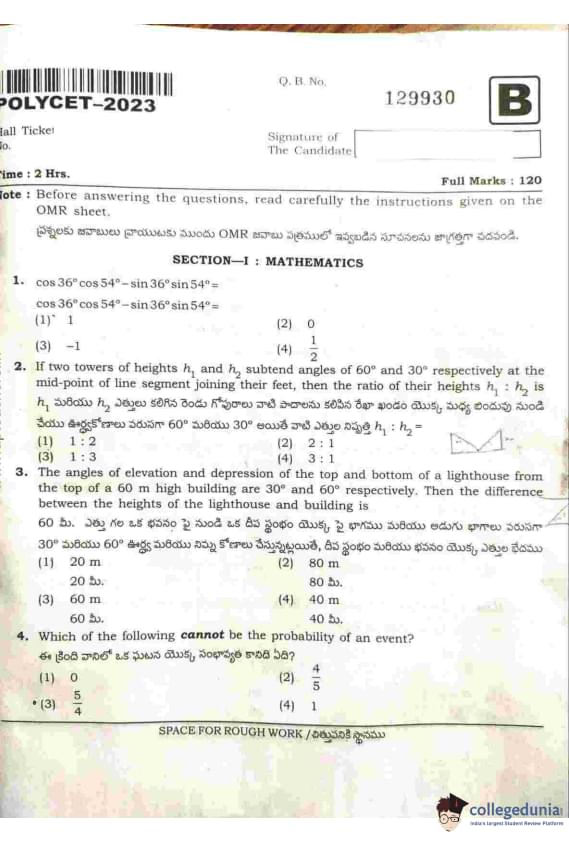
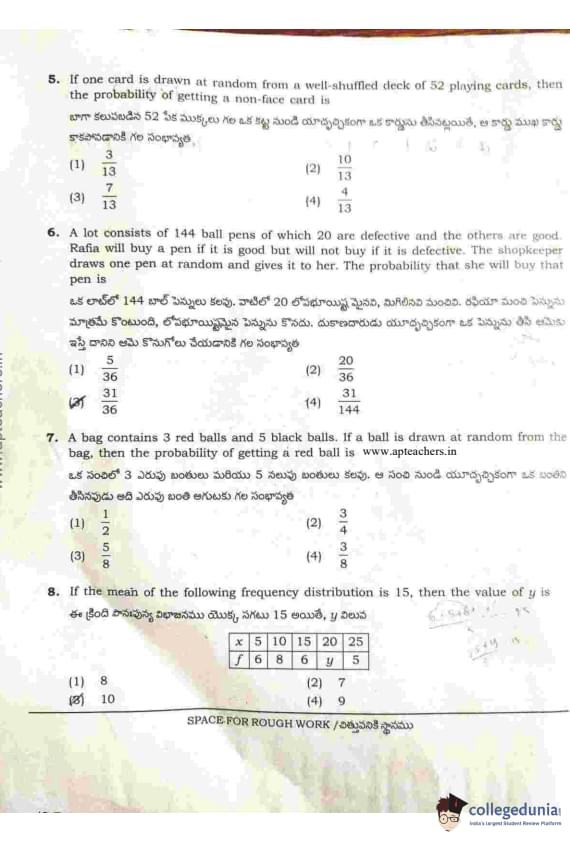
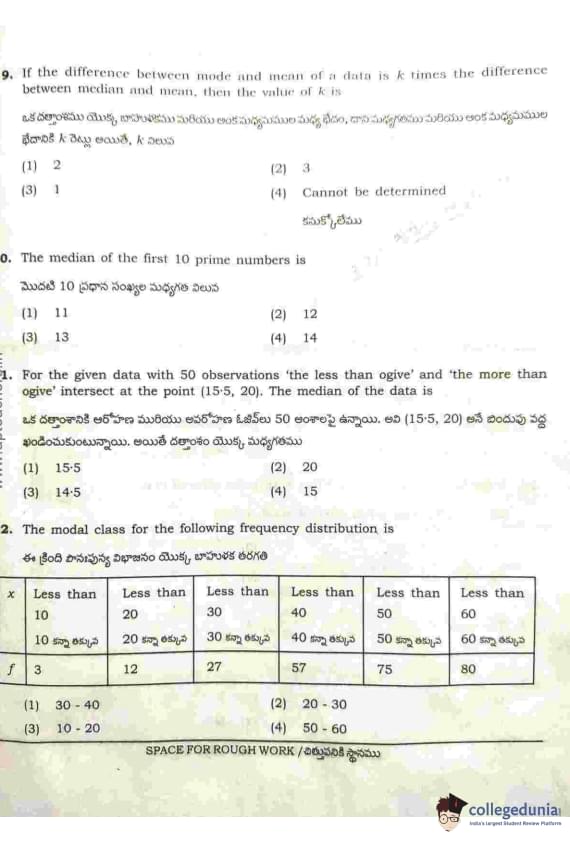
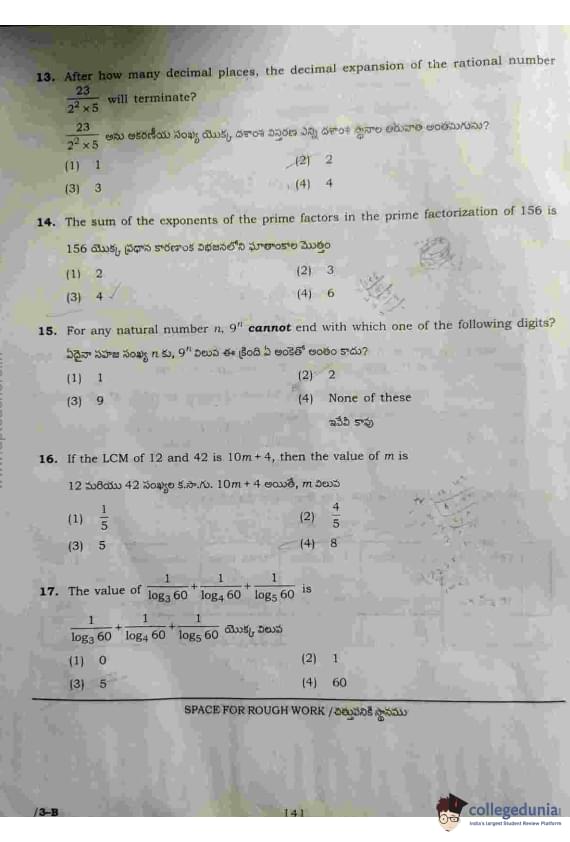
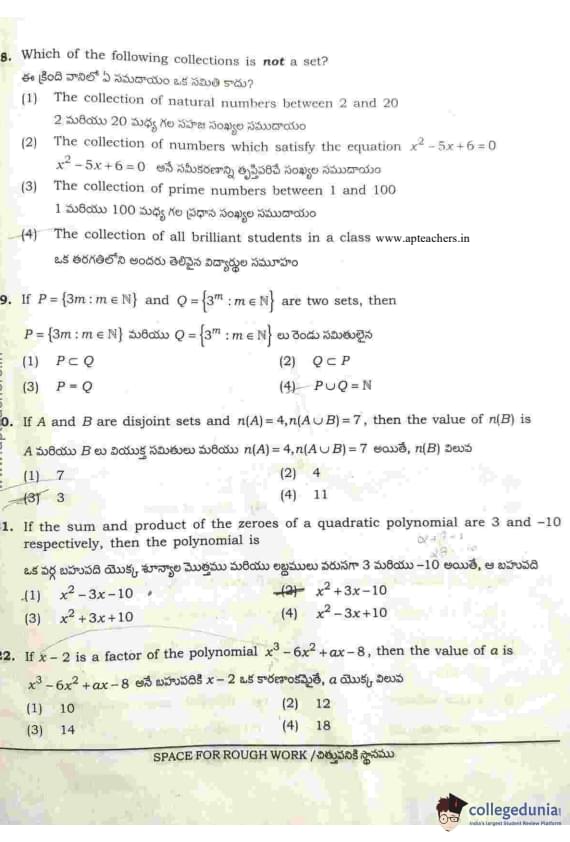
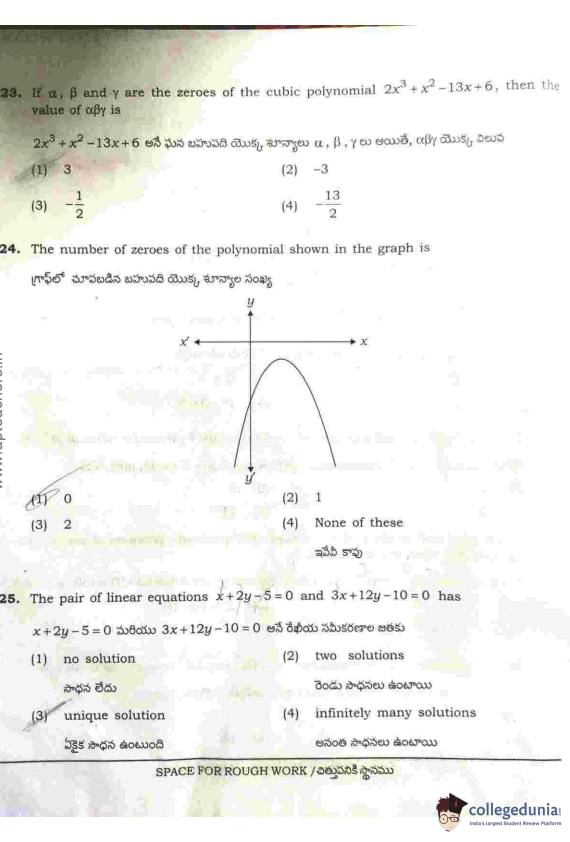
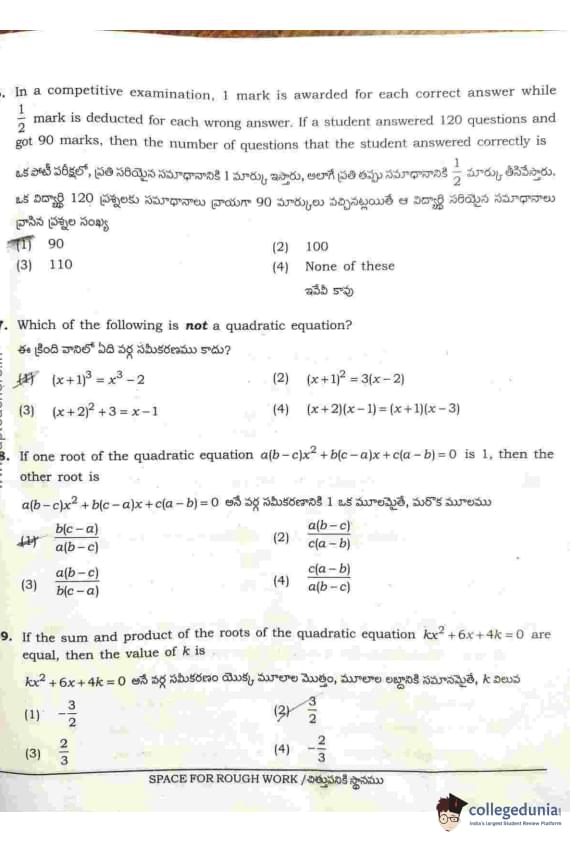
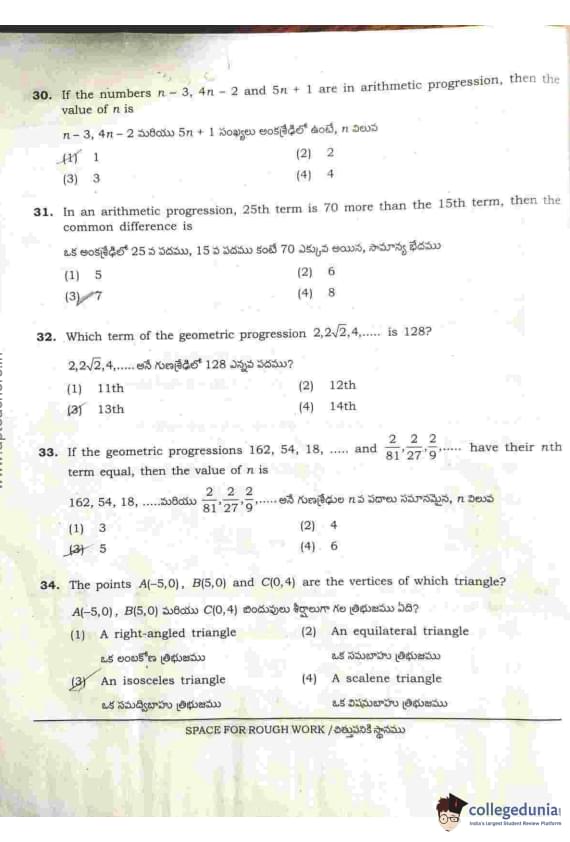
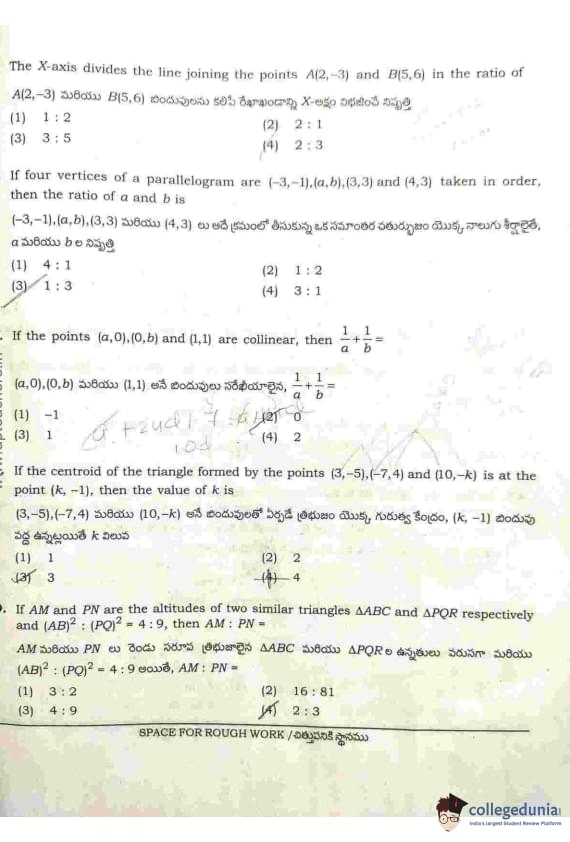
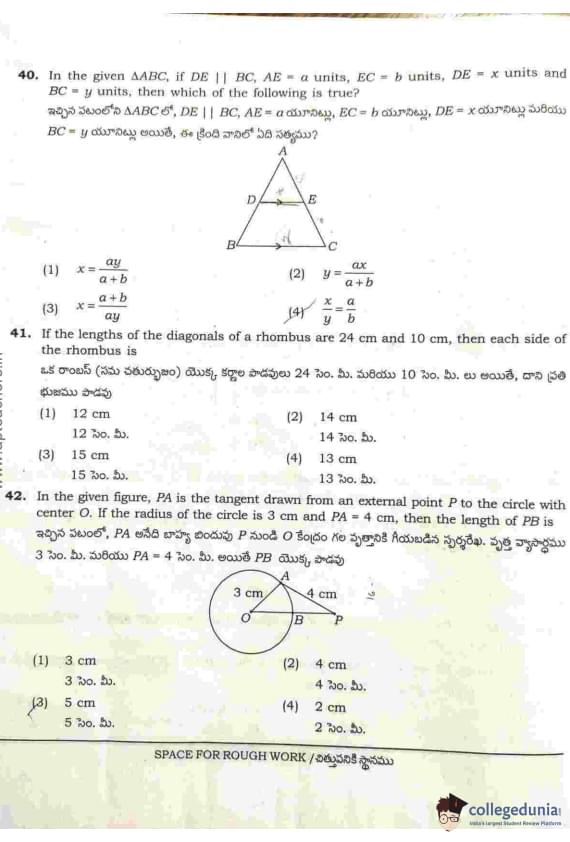

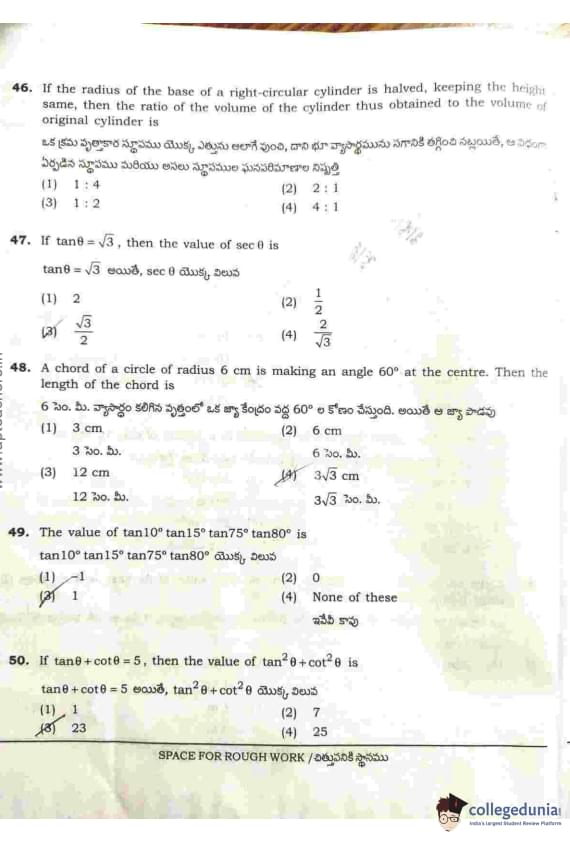
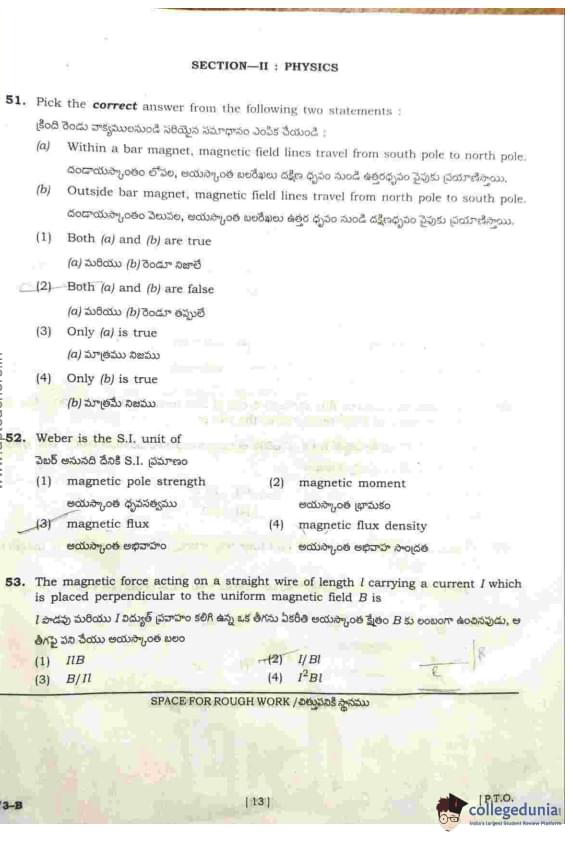
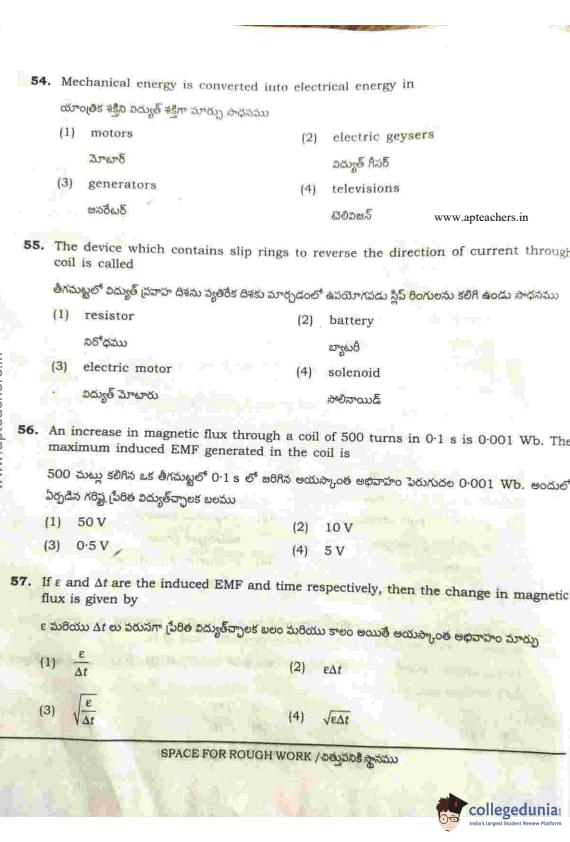
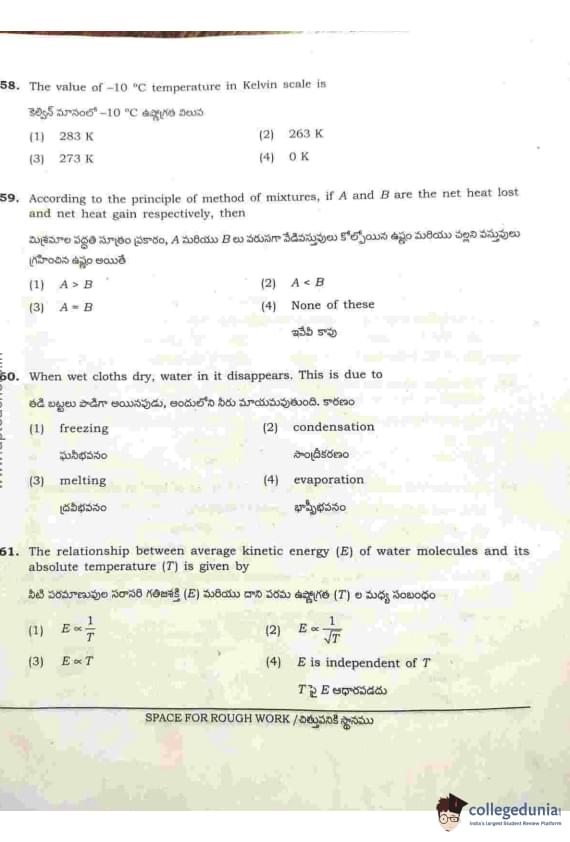
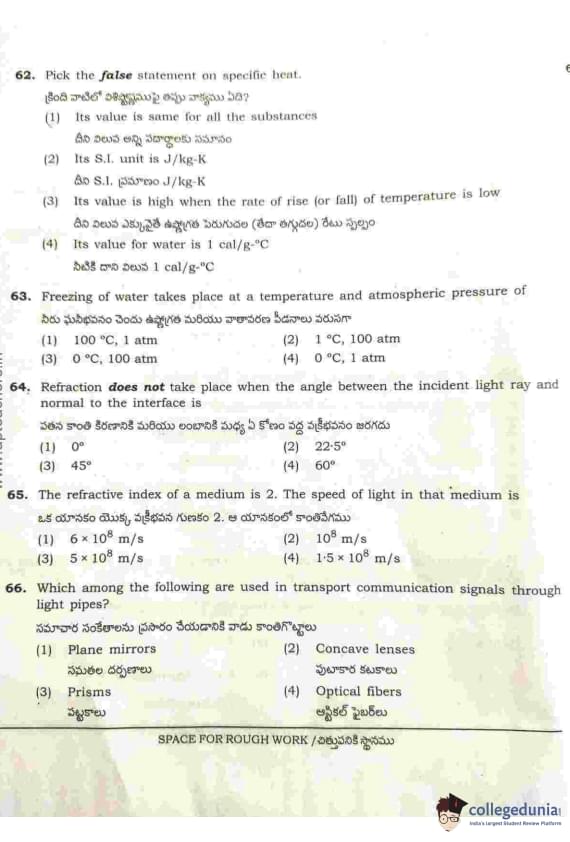
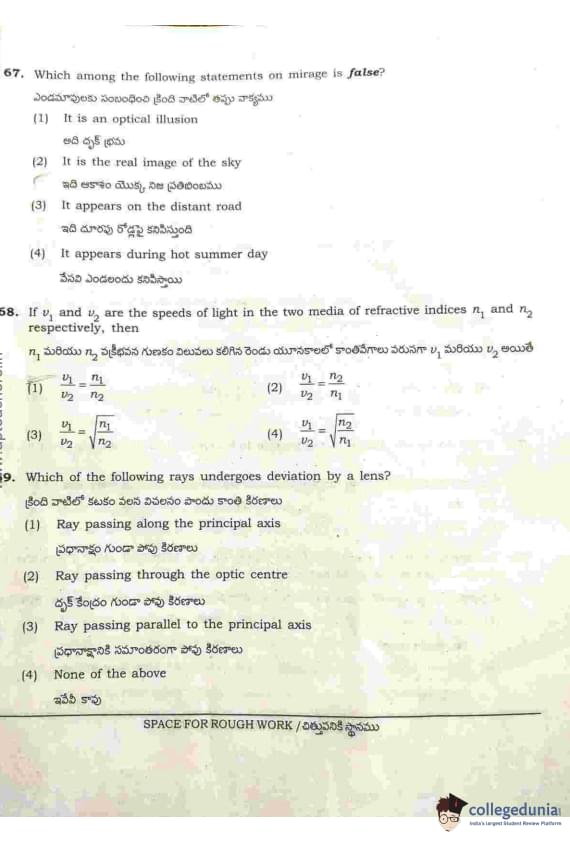
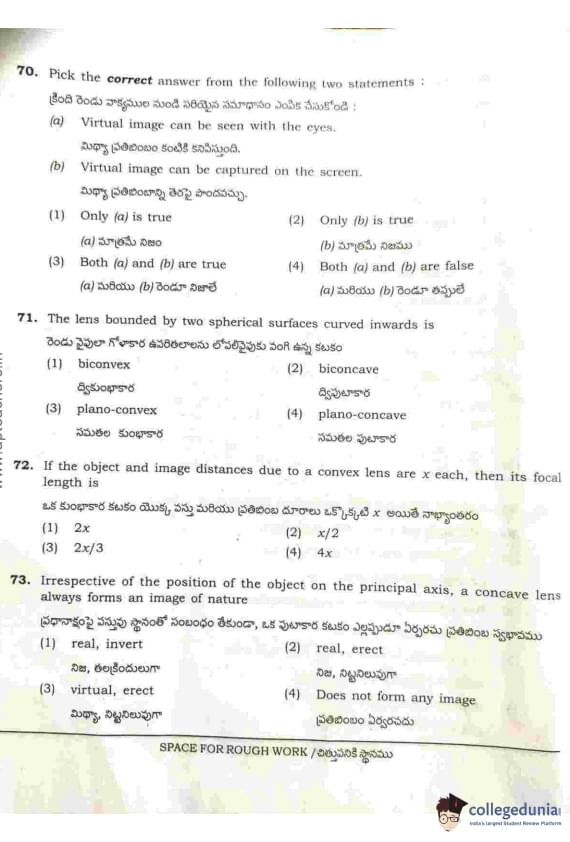
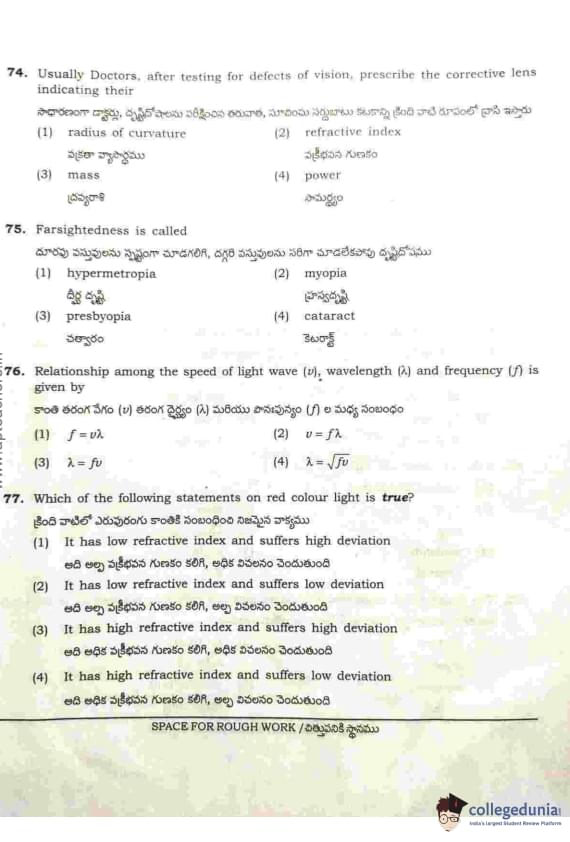
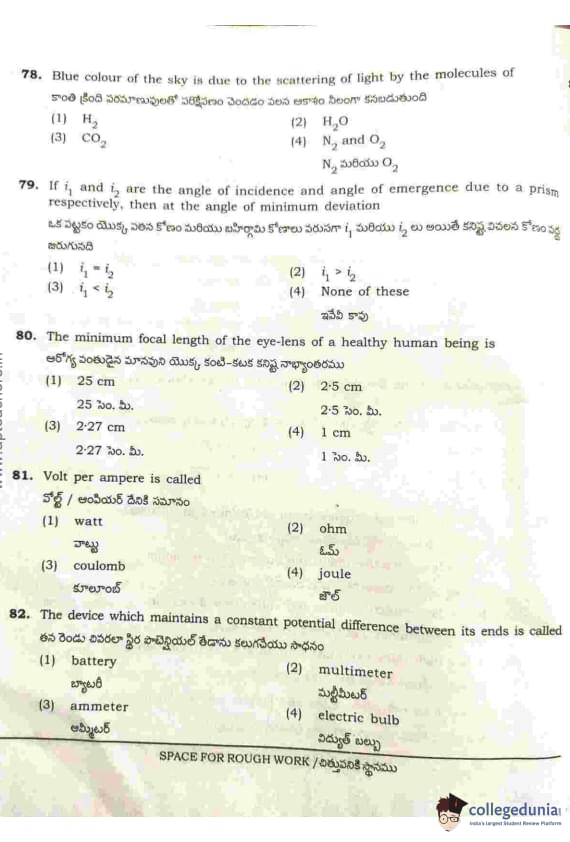
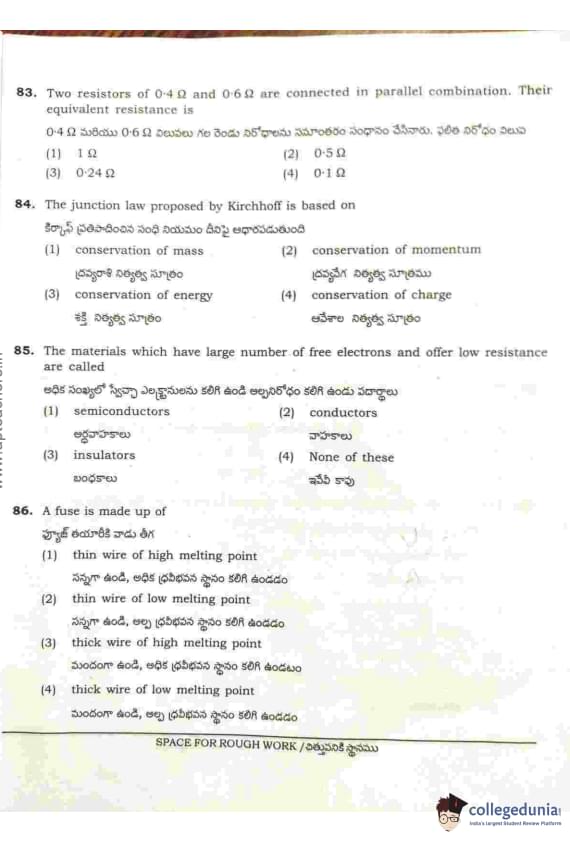
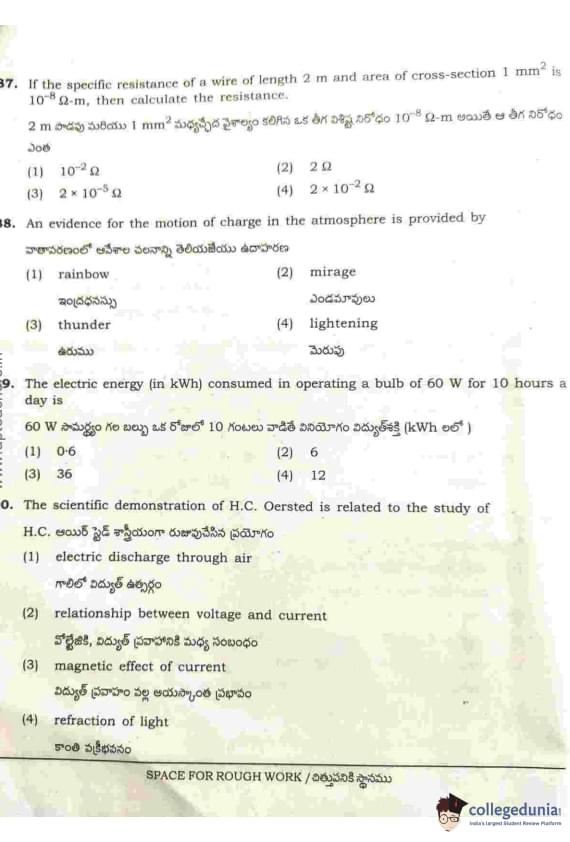
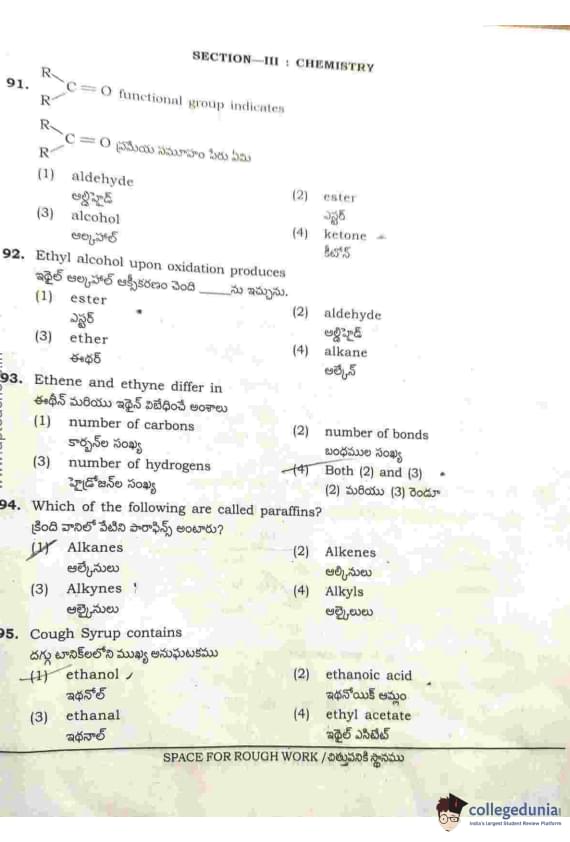
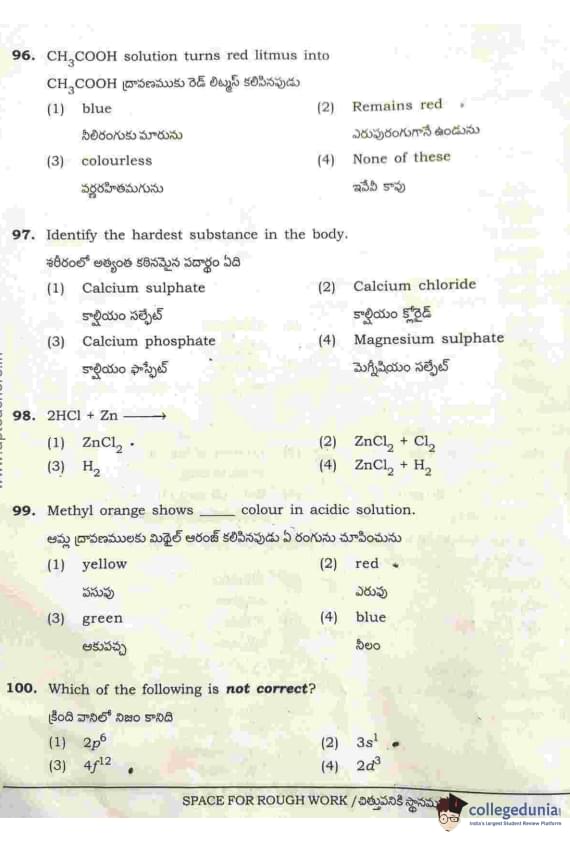
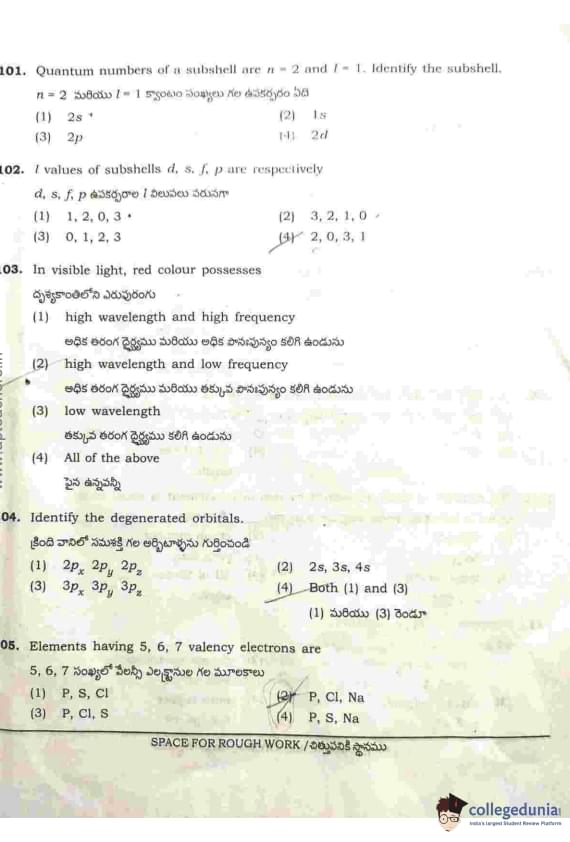

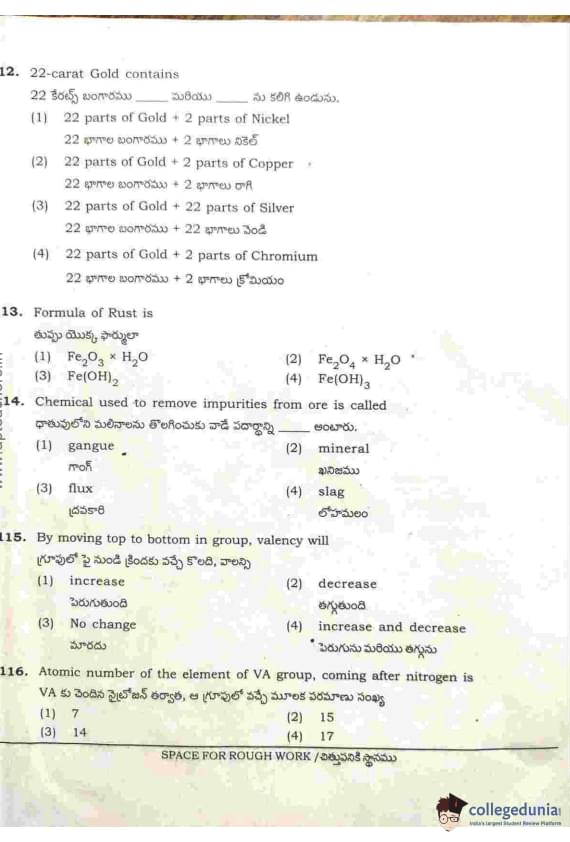
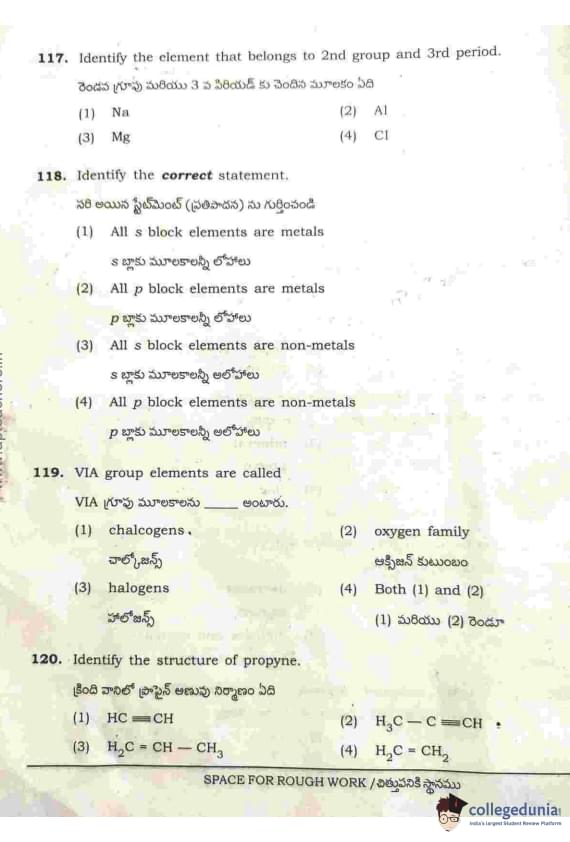
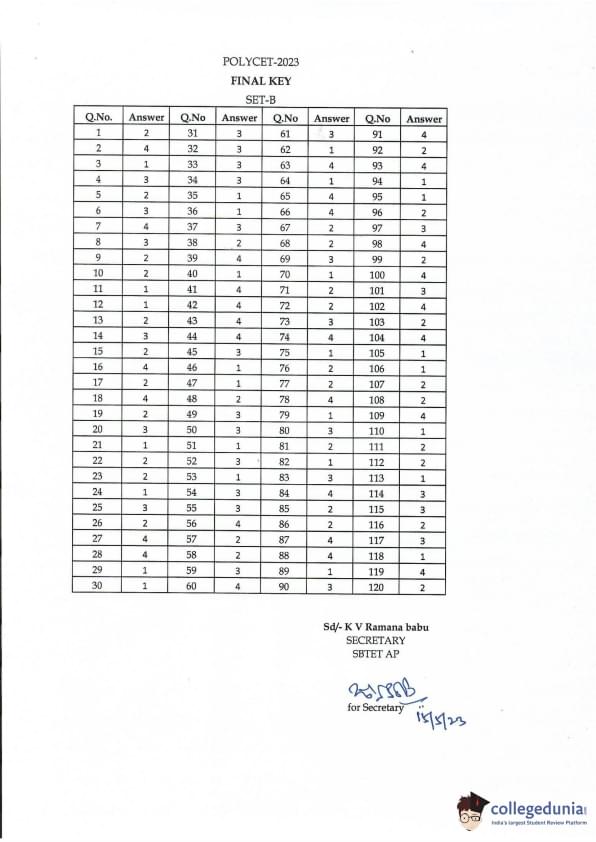
Quick Links:







Comments